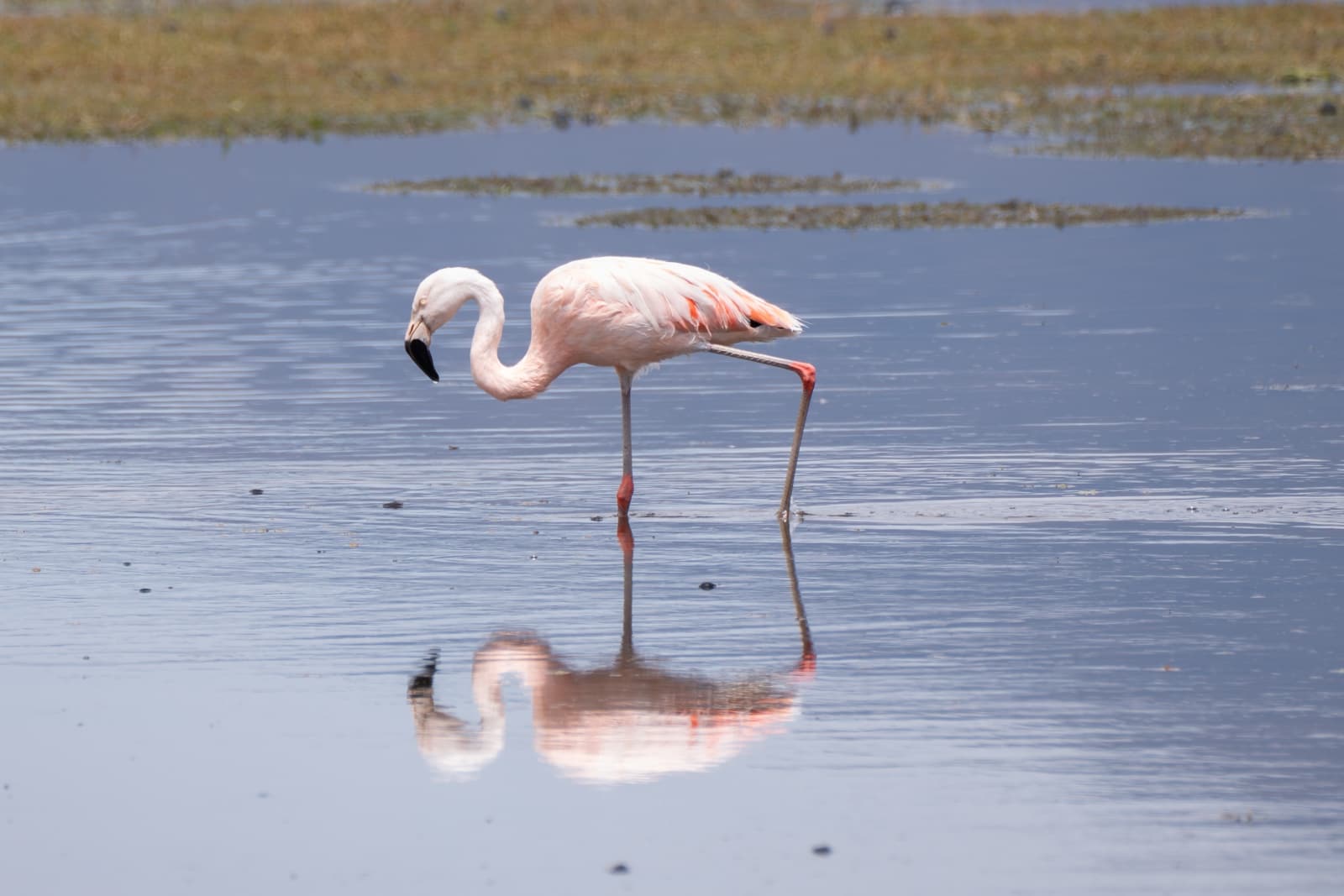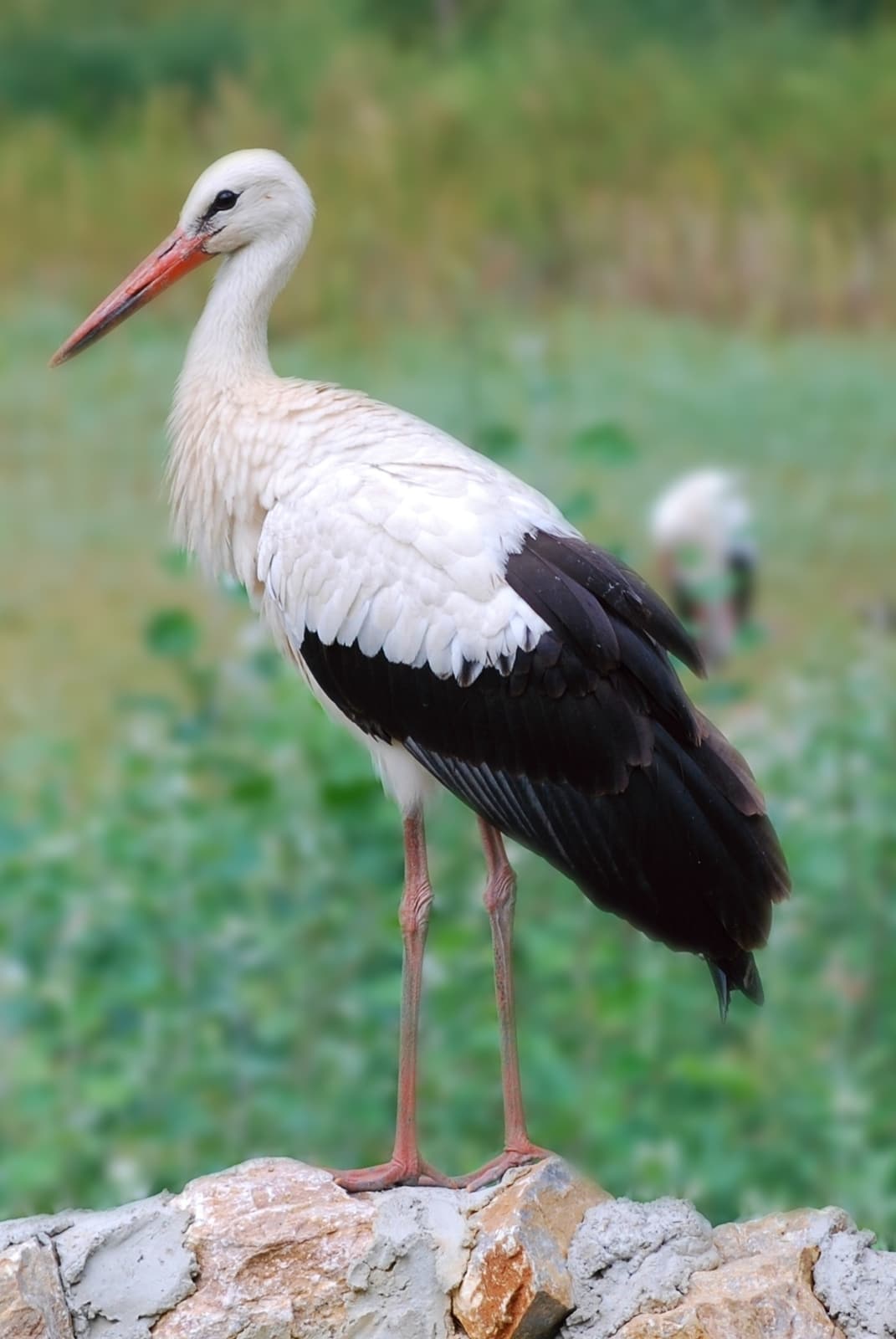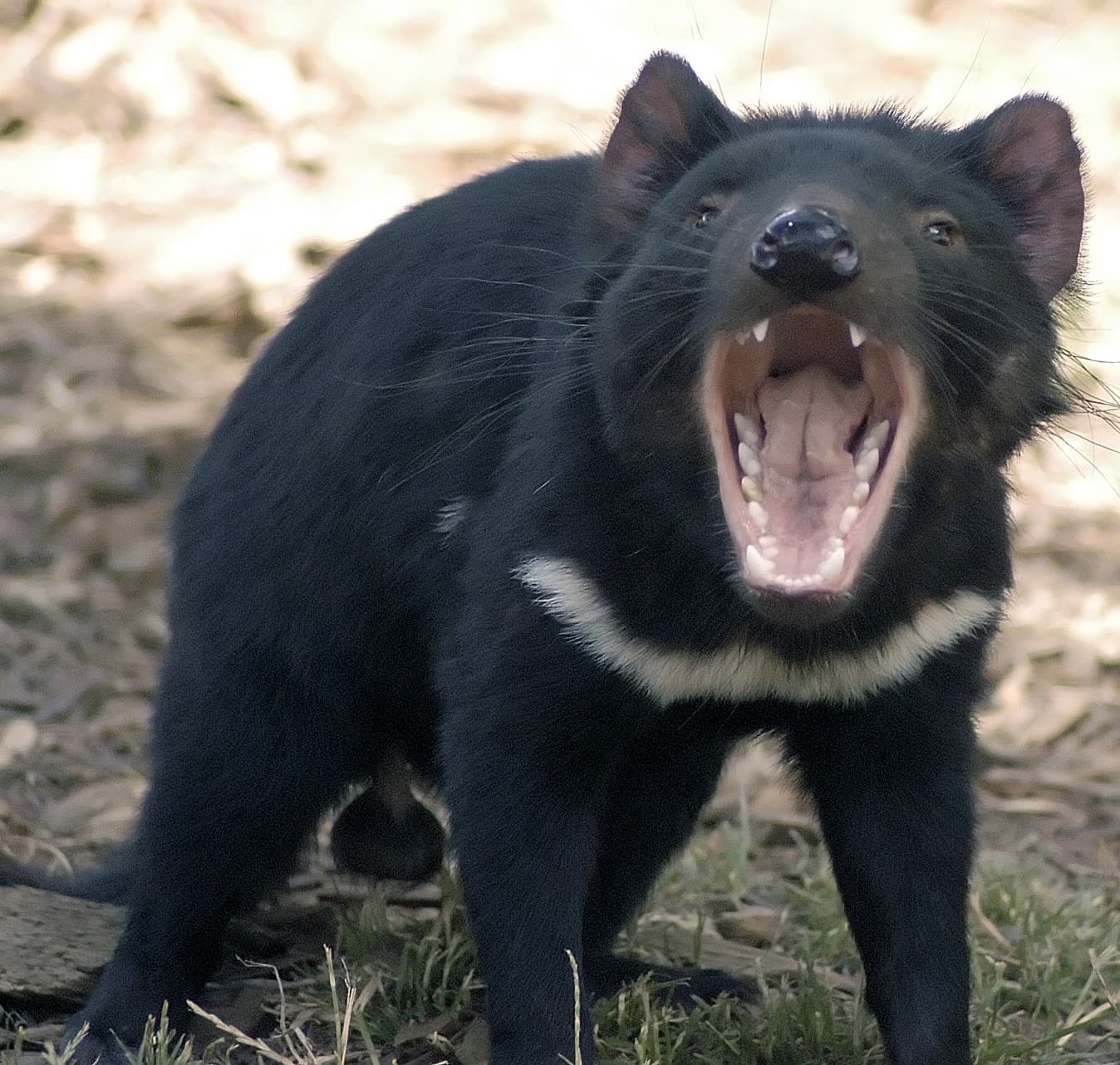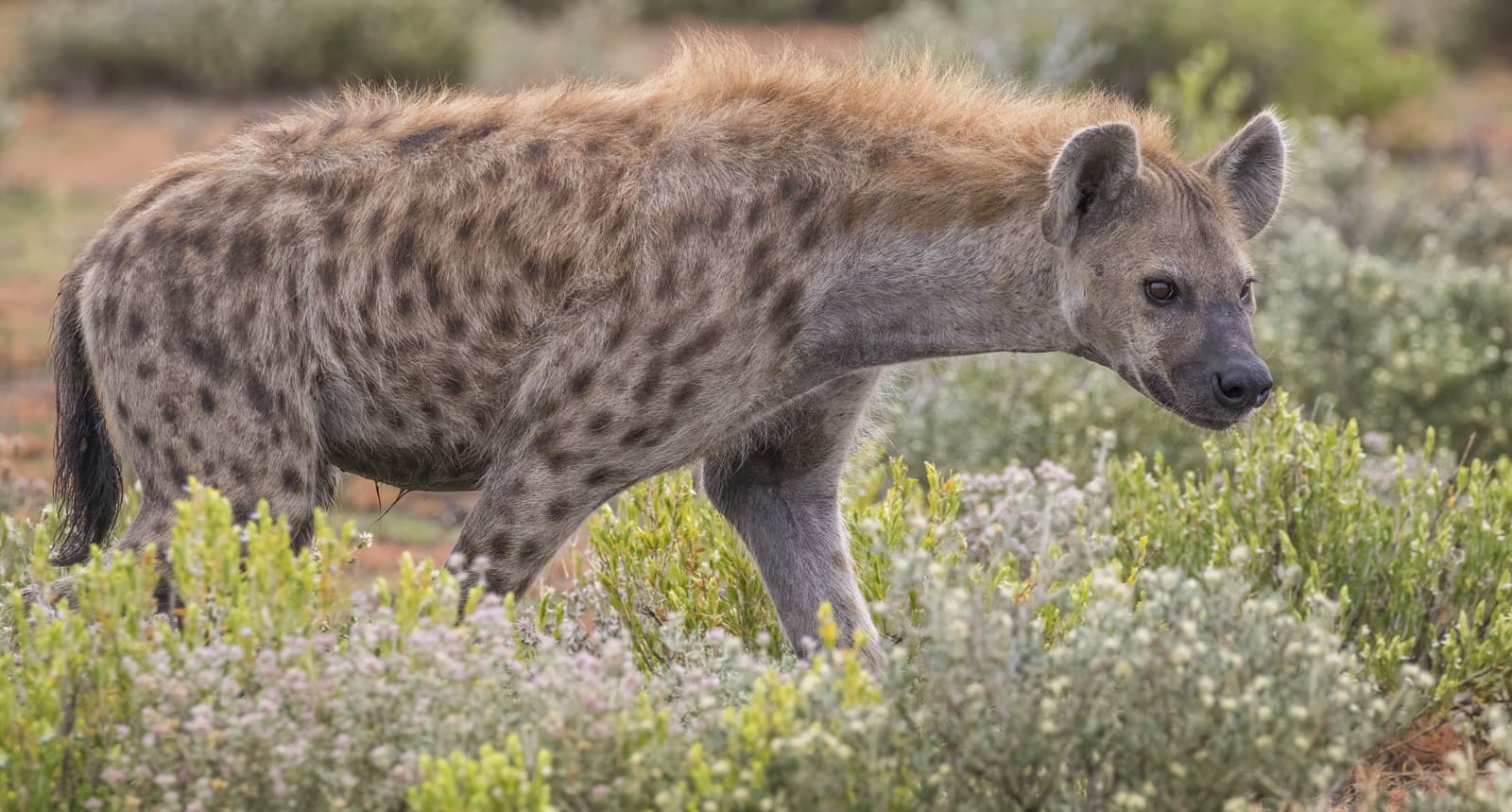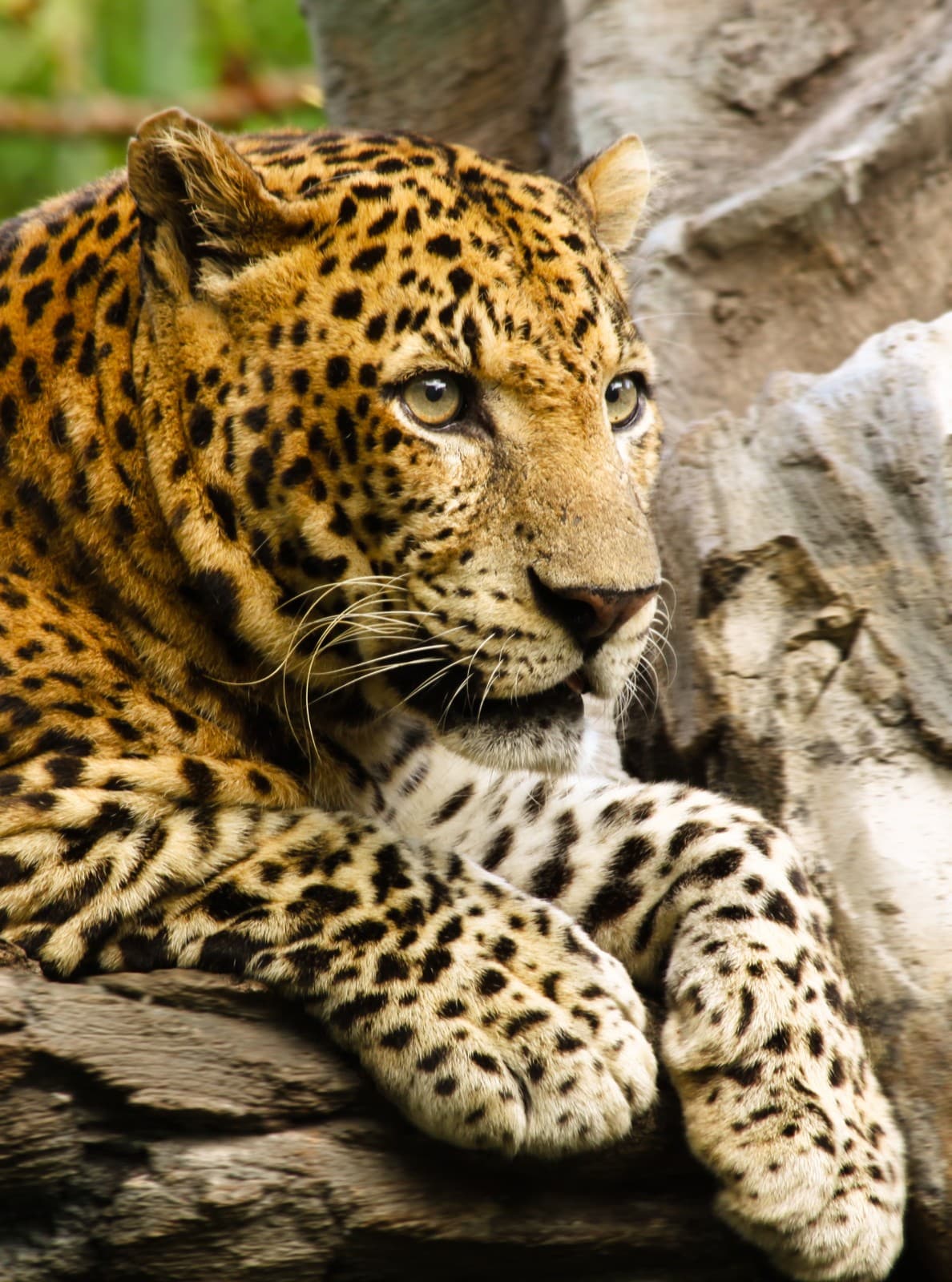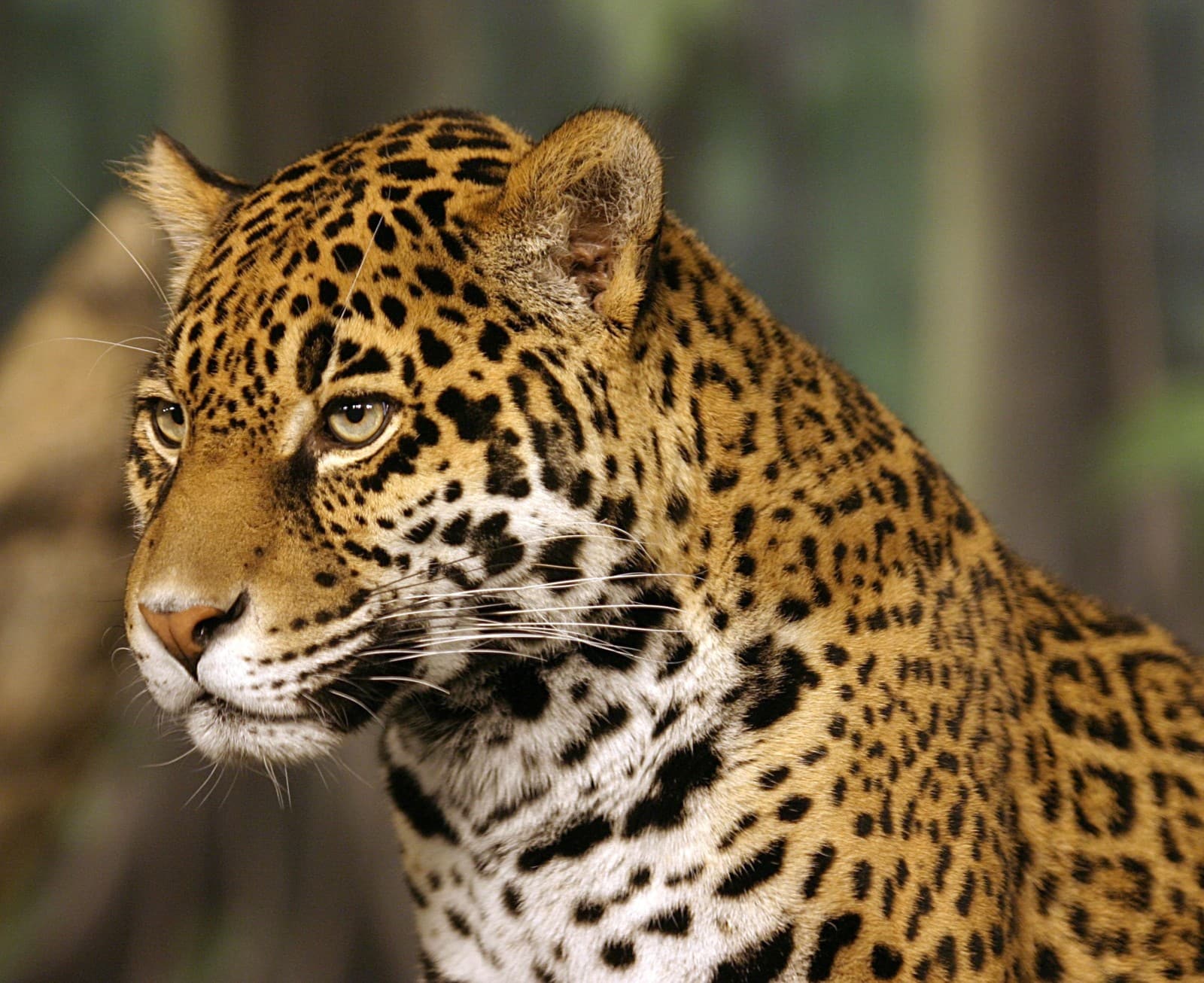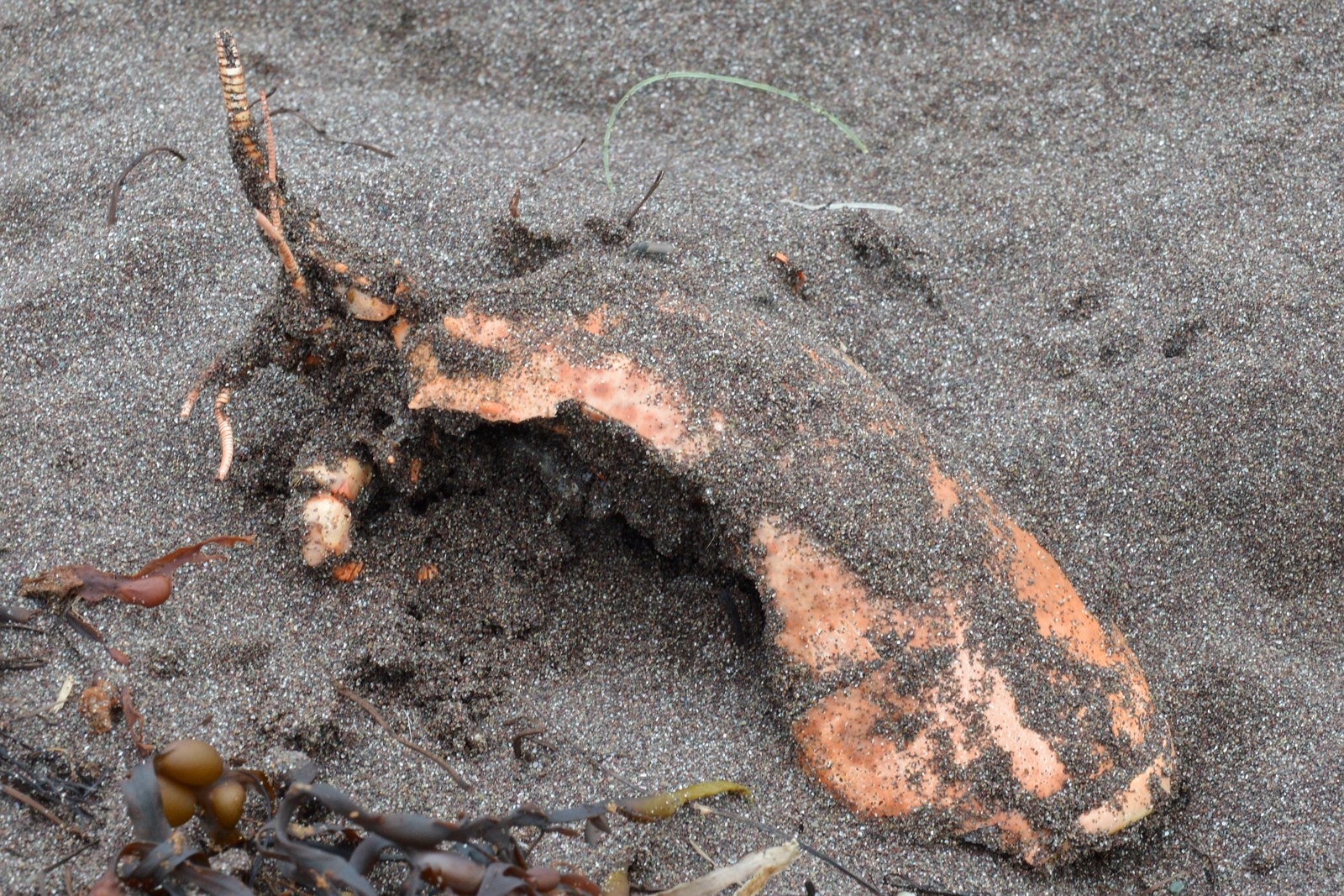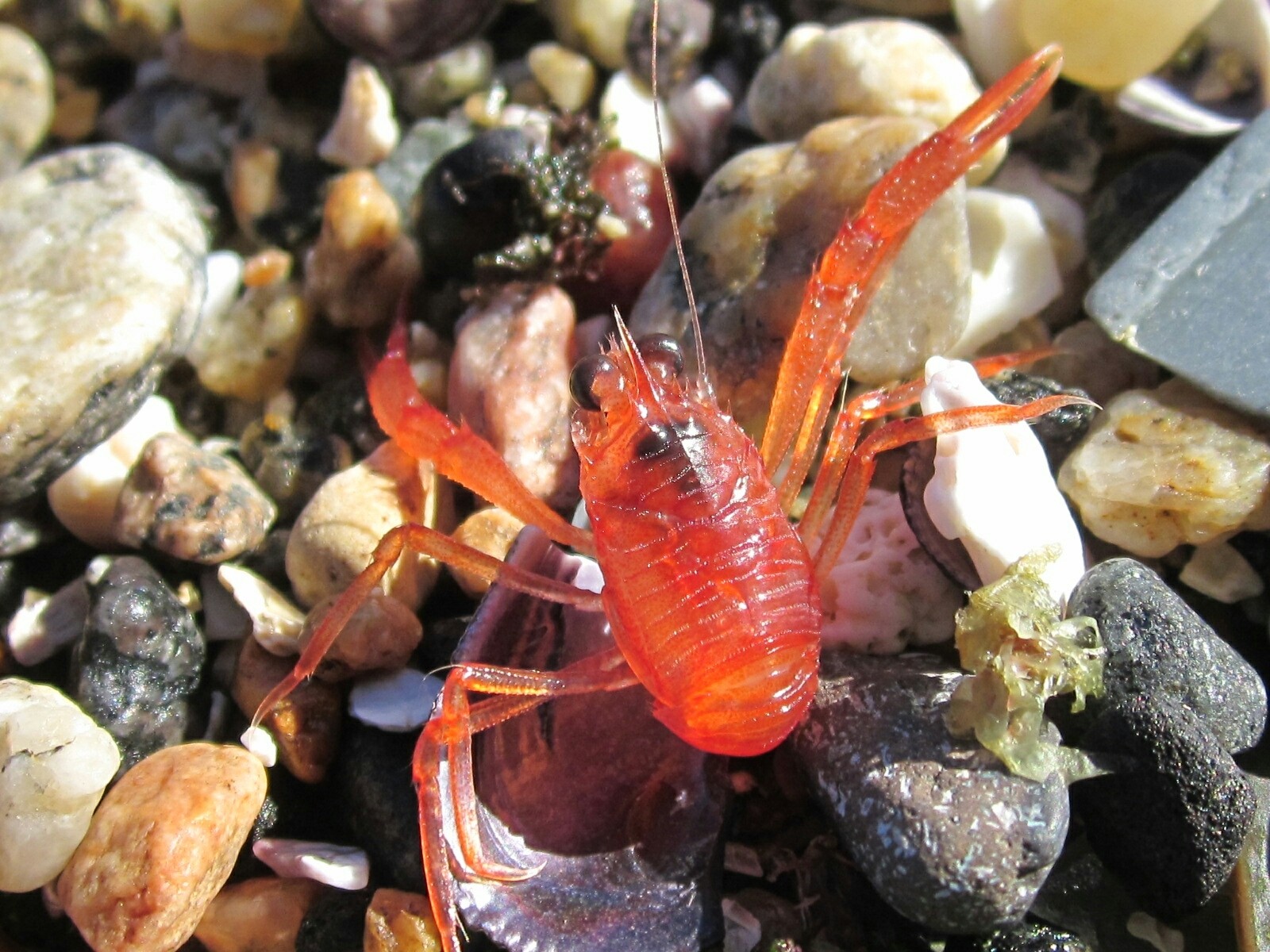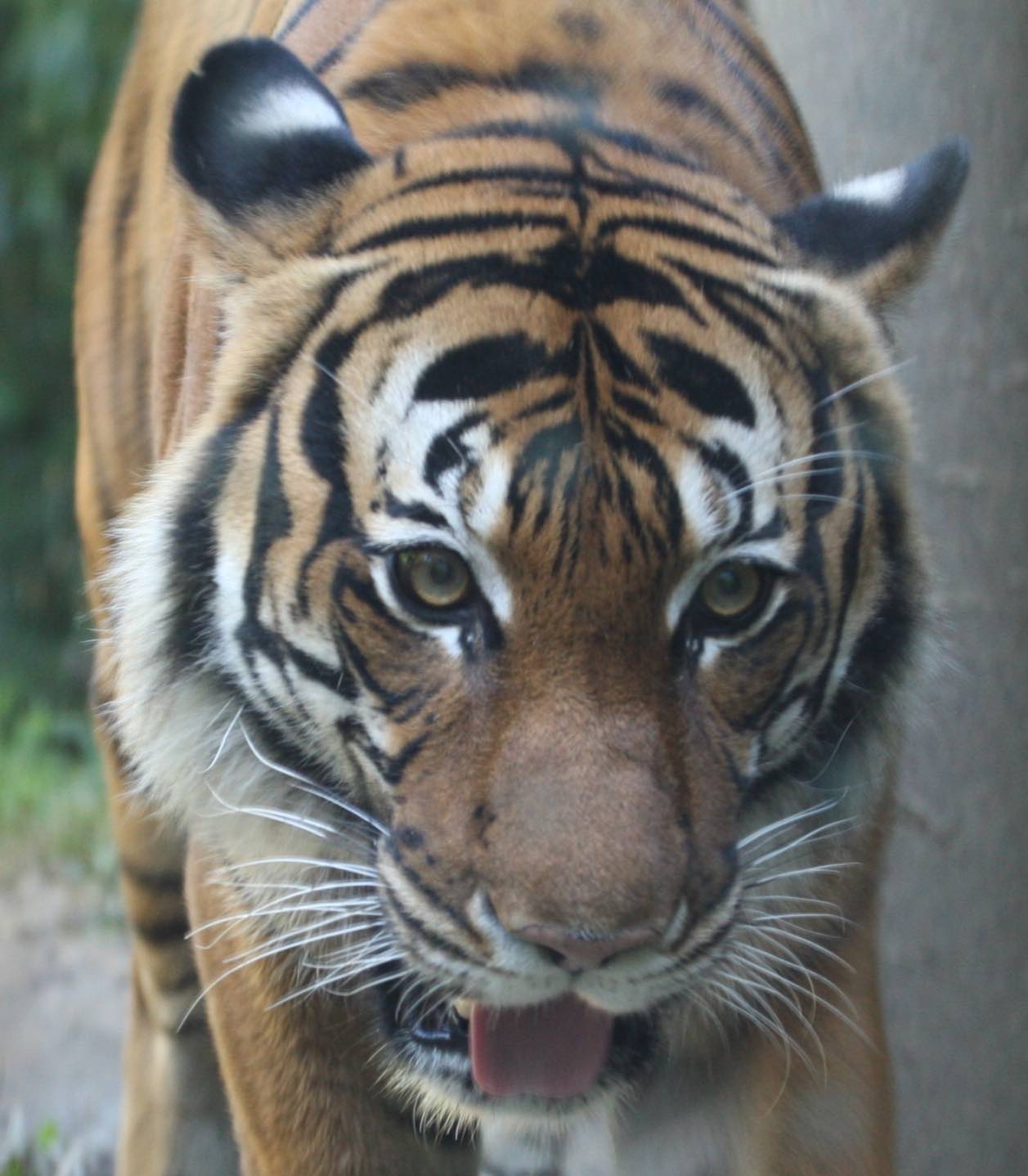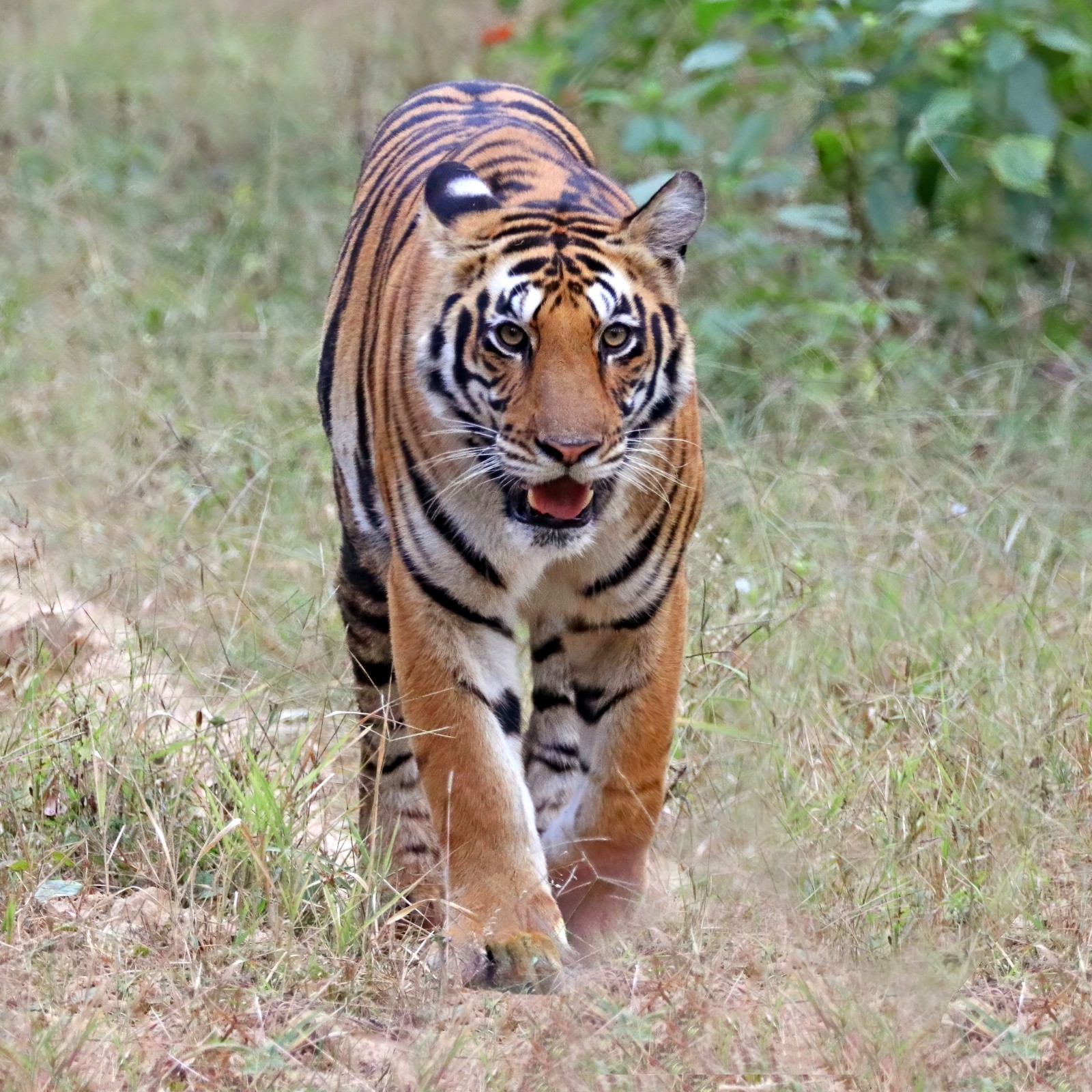Markhor vs Ibex: A Complete Comparison
When comparing Markhor vs Ibex, these remarkable mountain-dwelling goats showcase distinct characteristics that set them apart. The Markhor, Pakistan’s national animal, is distinguished by its spectacular spiral-twisted horns that can reach lengths of 63 inches (160 cm), while the Ibex features thick, scimitar-shaped horns that typically extend to 55 inches (140 cm). Both species have evolved remarkable adaptations for life at high altitudes, but their physical characteristics and behavioral patterns reveal fascinating differences.
These agile mountain dwellers diverge significantly in their distribution and habitat preferences. Markhors are found primarily in the western Himalayas, Hindu Kush, and Karakoram ranges, while Ibex species have a broader distribution across mountain ranges in Europe, Asia, and North Africa. Understanding these differences helps explain their unique evolutionary paths and conservation needs.
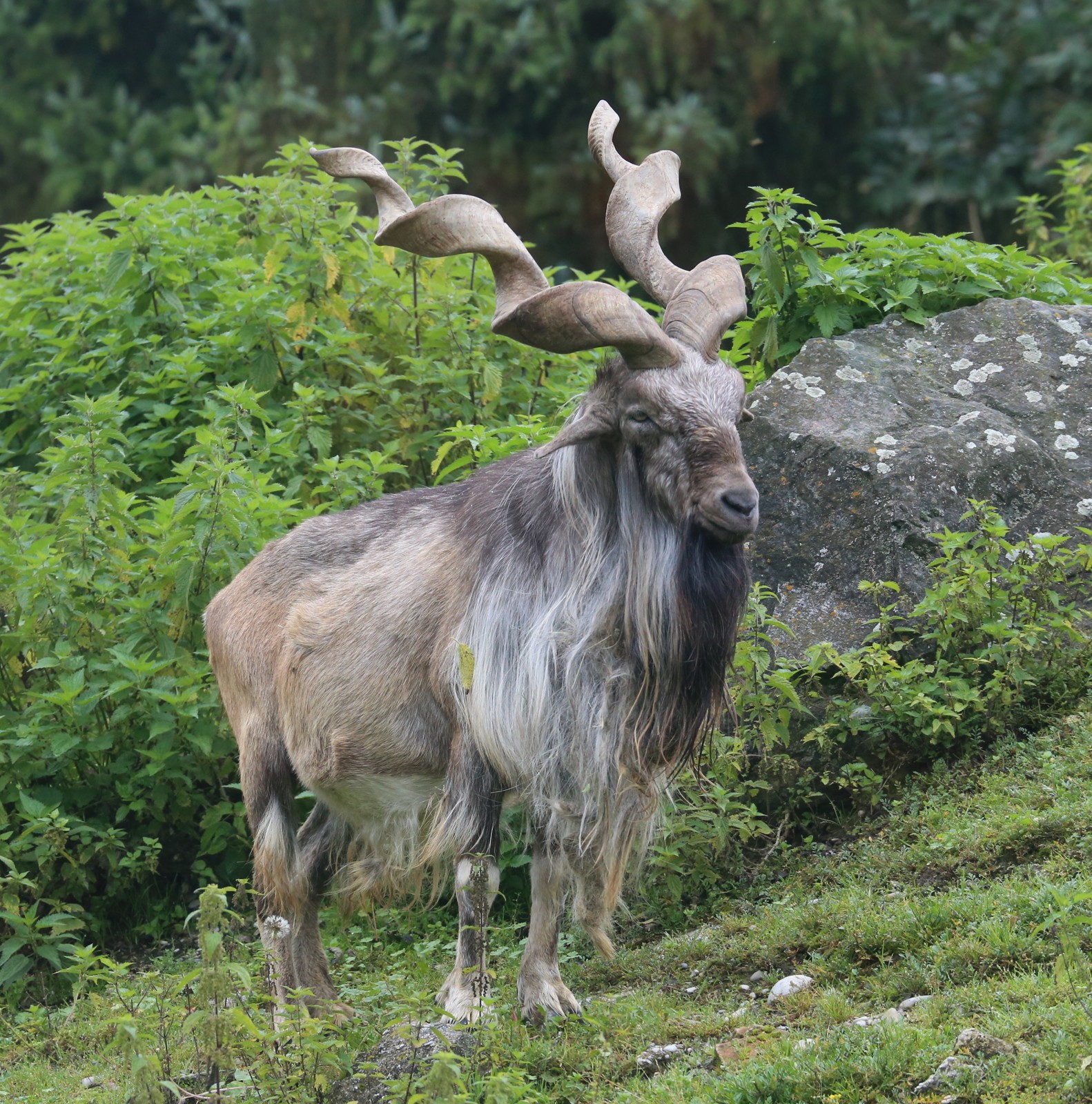
© Rufus46 / CC BY-SA 3.0
The Markhor’s distinctive spiral horns and shaggy coat make it one of the most striking mountain goats in the world. These magnificent creatures can weigh up to 242 pounds (110 kg) and possess remarkable climbing abilities that allow them to navigate near-vertical cliff faces.
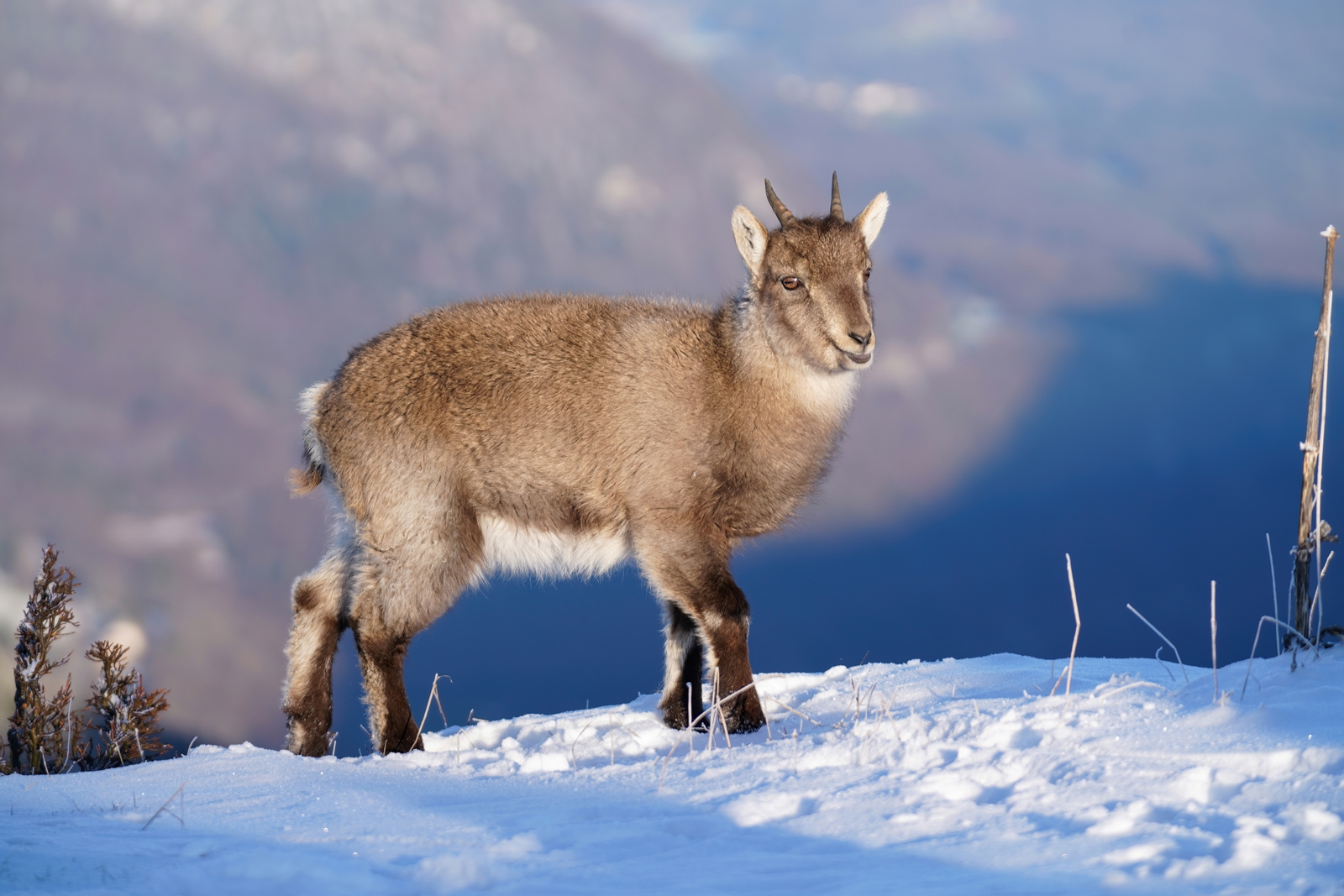
© Giles Laurent / CC BY-SA 4.0
The Alpine Ibex demonstrates the robust build and sure-footedness characteristic of high-altitude dwelling goats. Their curved horns and compact body structure are perfectly adapted for life in extreme mountain environments.
Key Differences Between Markhor and Ibex
| Feature | Markhor | Ibex |
|---|---|---|
| Horn Type | Spiral-twisted, up to 63 inches (160 cm) | Curved and scimitar-shaped, up to 55 inches (140 cm) |
| Body Weight | 180-242 lbs (82-110 kg) | 150-280 lbs (68-127 kg) |
| Habitat Range | Western Himalayas to Hindu Kush | Multiple mountain ranges across Europe, Asia, and North Africa |
| Coat Type | Long, shaggy with distinctive beard | Dense, shorter with seasonal variation |
| Conservation Status | Endangered | Least Concern (varies by species) |
| Social Structure | Small groups of 2-3 individuals | Larger herds of 10-20 individuals |
Habitat and Distribution
The Markhor inhabits steep mountainous terrain at elevations between 2,000-4,000 meters (6,562-13,123 feet), preferring rocky areas with sparse forest cover. These agile climbers are particularly adept at navigating near-vertical cliff faces, using their specialized hooves to grip tiny ledges.
In contrast, Ibex species show remarkable adaptability across different mountain ranges. The Alpine Ibex, for instance, thrives at elevations up to 4,600 meters (15,092 feet) and demonstrates exceptional cold tolerance. They prefer rocky terrain with good visibility and proximity to steep cliffs for predator evasion.
Physical Characteristics and Adaptations
Markhor Distinctive Features
- Spiral-twisted horns growing in a corkscrew pattern
- Long, shaggy winter coat with prominent beard
- Stockier build adapted for lower altitude forests
- Distinctive white leg markings
- Superior climbing ability on steep, forested slopes
Ibex Distinctive Features
- Massive curved horns with prominent ridges
- Compact, muscular body structure
- Lighter build optimized for higher altitudes
- Seasonal coat changes
- Exceptional jumping ability
Behavioral Differences
Markhors typically maintain smaller social groups, usually consisting of 2-3 individuals, with males often being solitary outside breeding season. Their social structure is more fluid, adapting to the challenging terrain and scattered food resources of their habitat.
Ibex, particularly Alpine and Nubian species, form larger social groups of 10-20 individuals. These herds demonstrate more complex social hierarchies and coordinated defensive behaviors against predators. During breeding season, male Ibex engage in spectacular horn-clashing contests that can be heard echoing through mountain valleys.
Conservation Status and Threats
The Markhor faces significant conservation challenges, with total population estimates below 2,500 mature individuals. Primary threats include:
- Habitat fragmentation
- Competition with domestic livestock
- Illegal hunting for meat and trophies
- Climate change impacts on mountain ecosystems
While most Ibex species maintain stable populations, they face varying degrees of pressure:
- Habitat loss due to human development
- Climate change affecting alpine environments
- Limited genetic diversity in some isolated populations
- Competition with domestic livestock
Who Would Win in a Confrontation?
While direct confrontations between Markhor and Ibex are rare due to their different geographic distributions, both species possess formidable defensive capabilities. The Markhor’s larger body size and spiral horns provide excellent defense mechanisms, while the Ibex’s powerful curved horns and superior jumping ability offer significant advantages in confrontations. The outcome of any theoretical encounter would likely depend on factors such as terrain, individual size, and specific circumstances rather than species-specific advantages.
